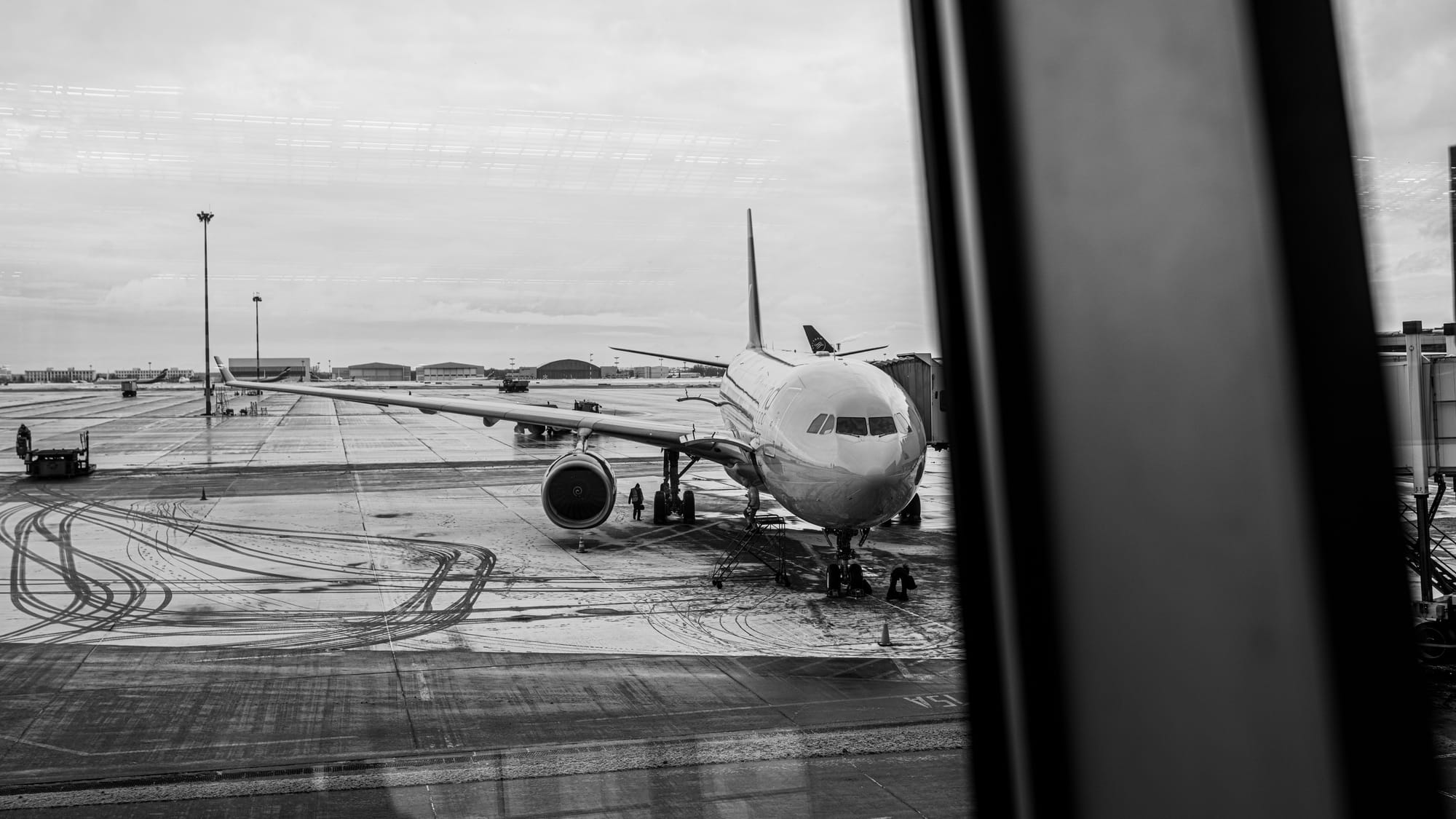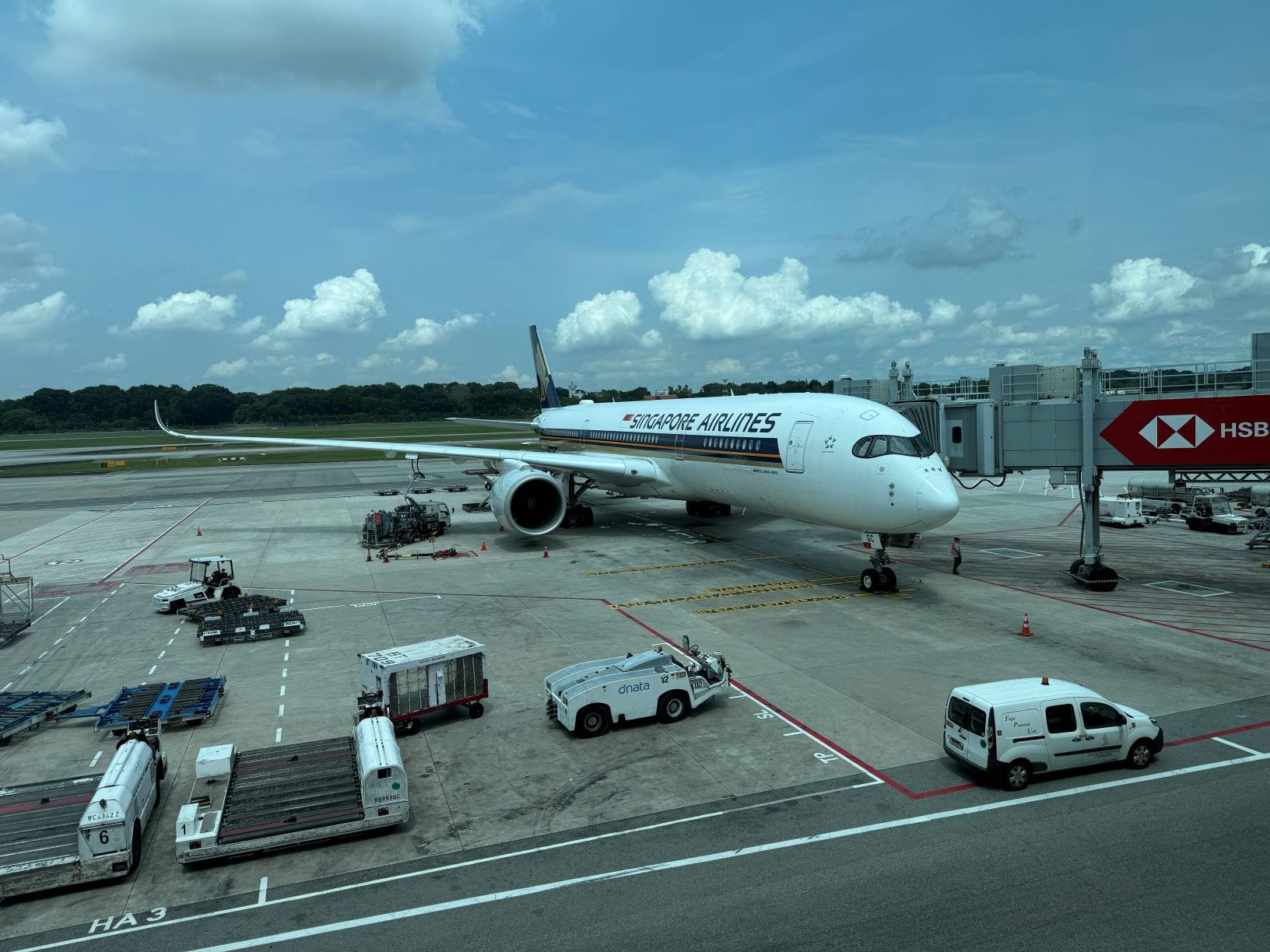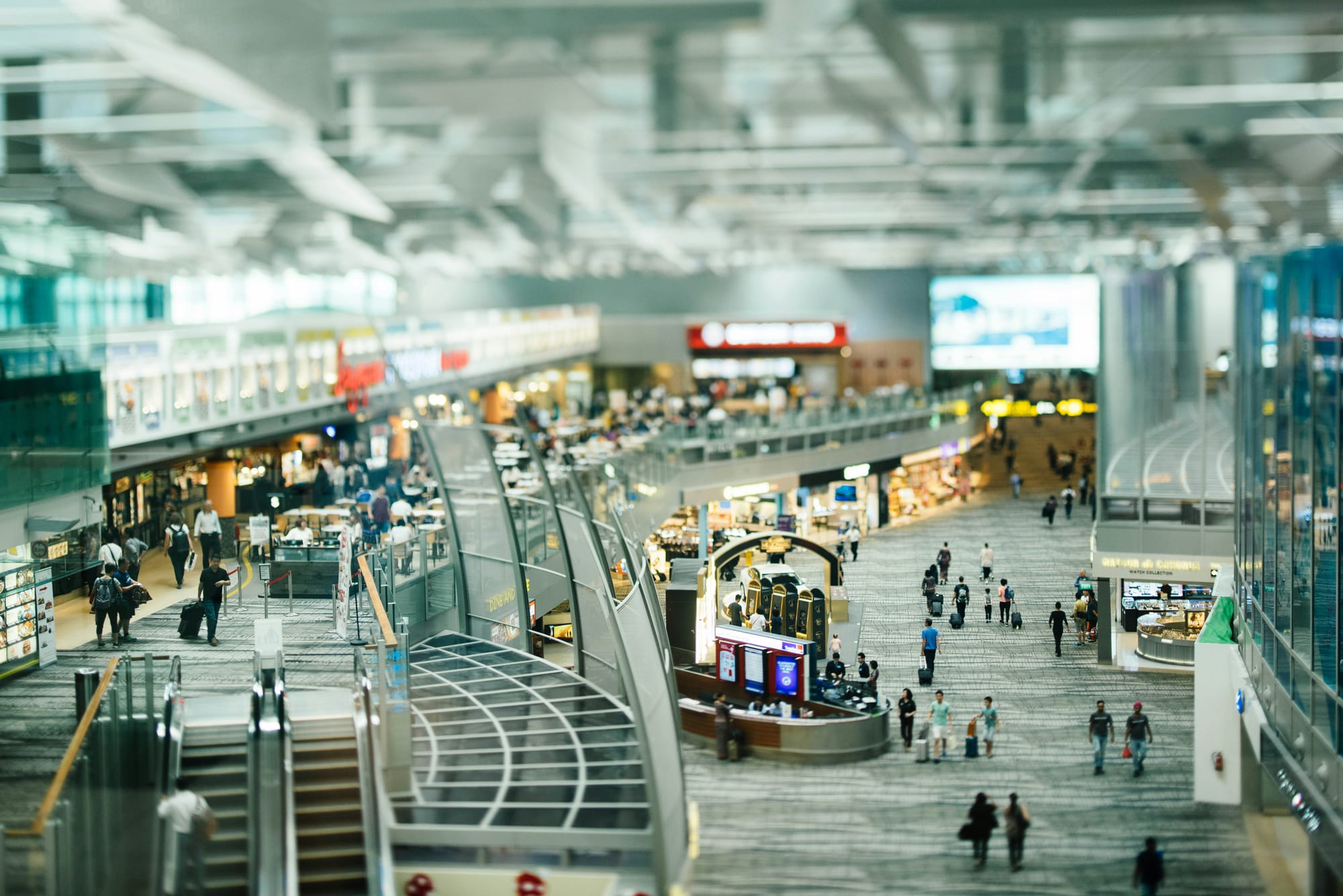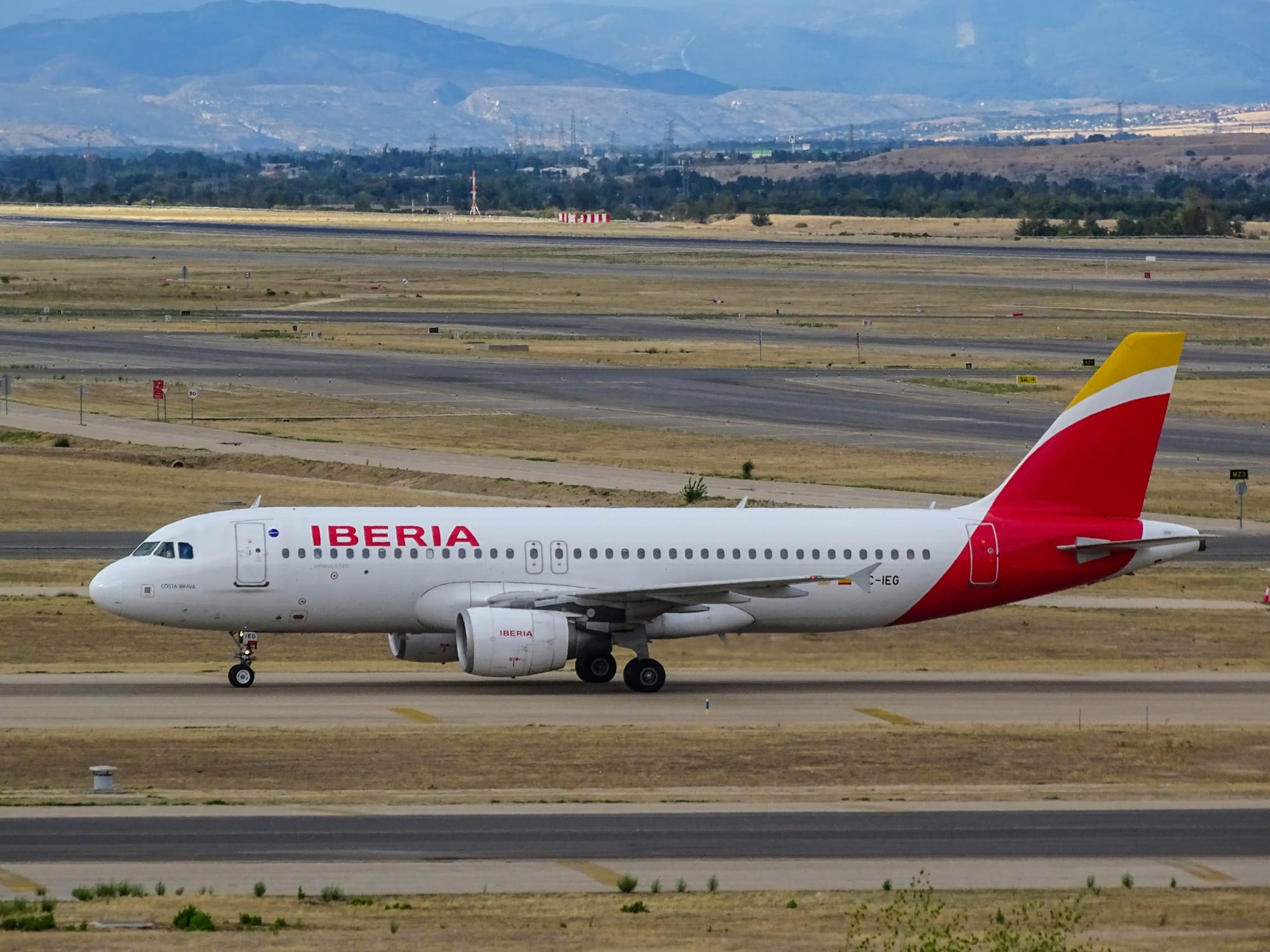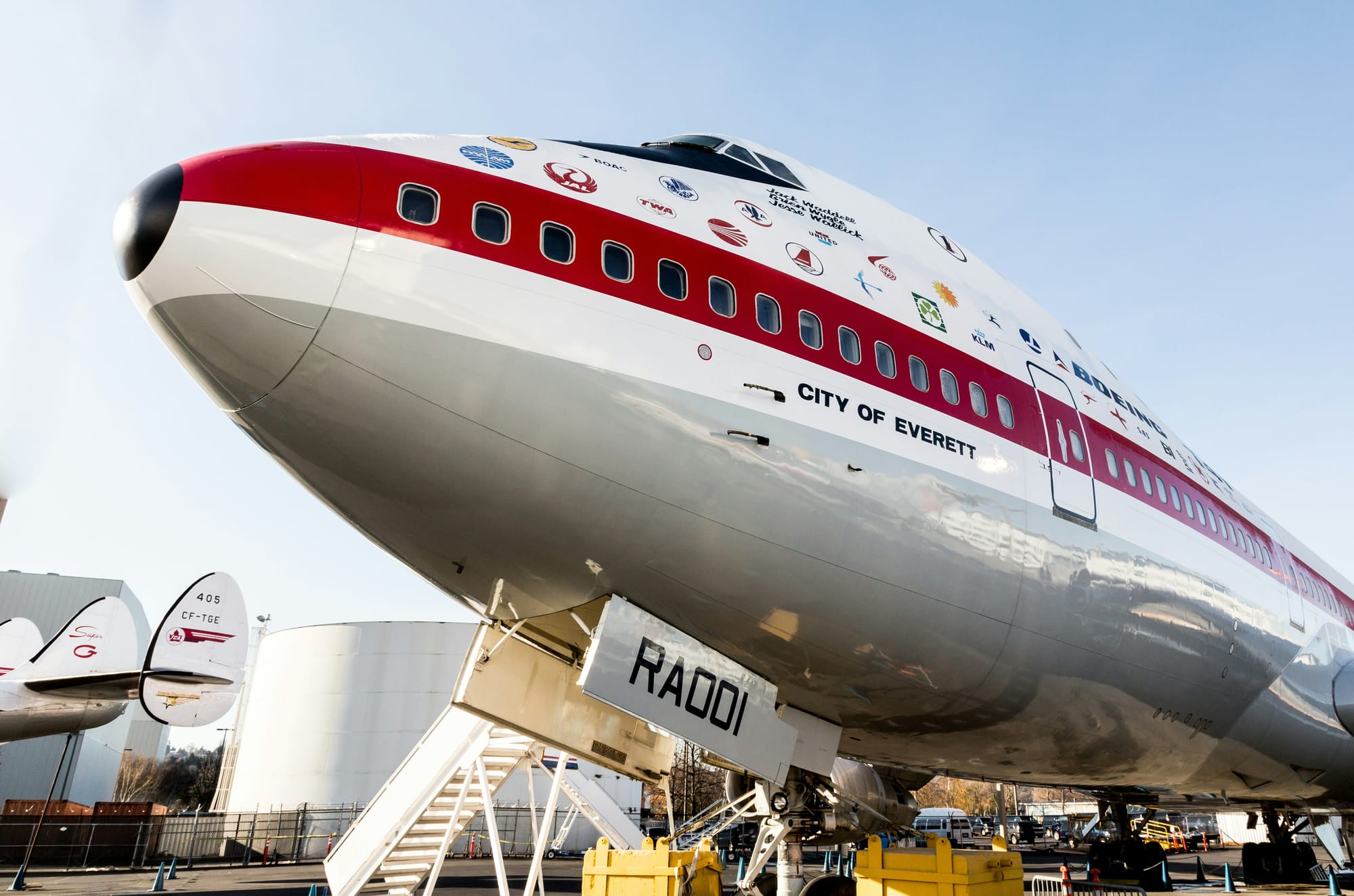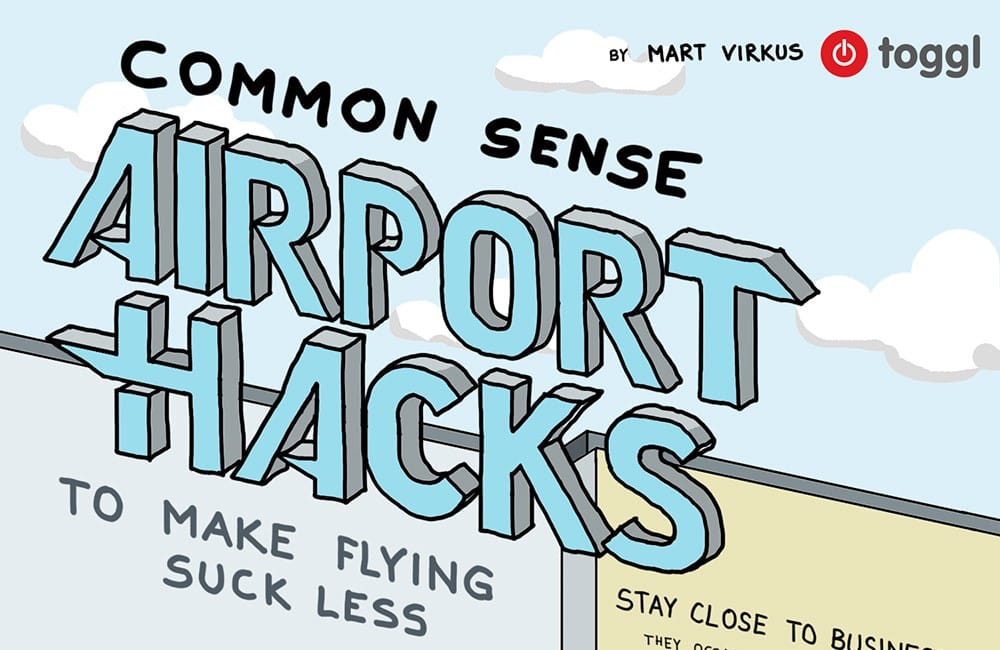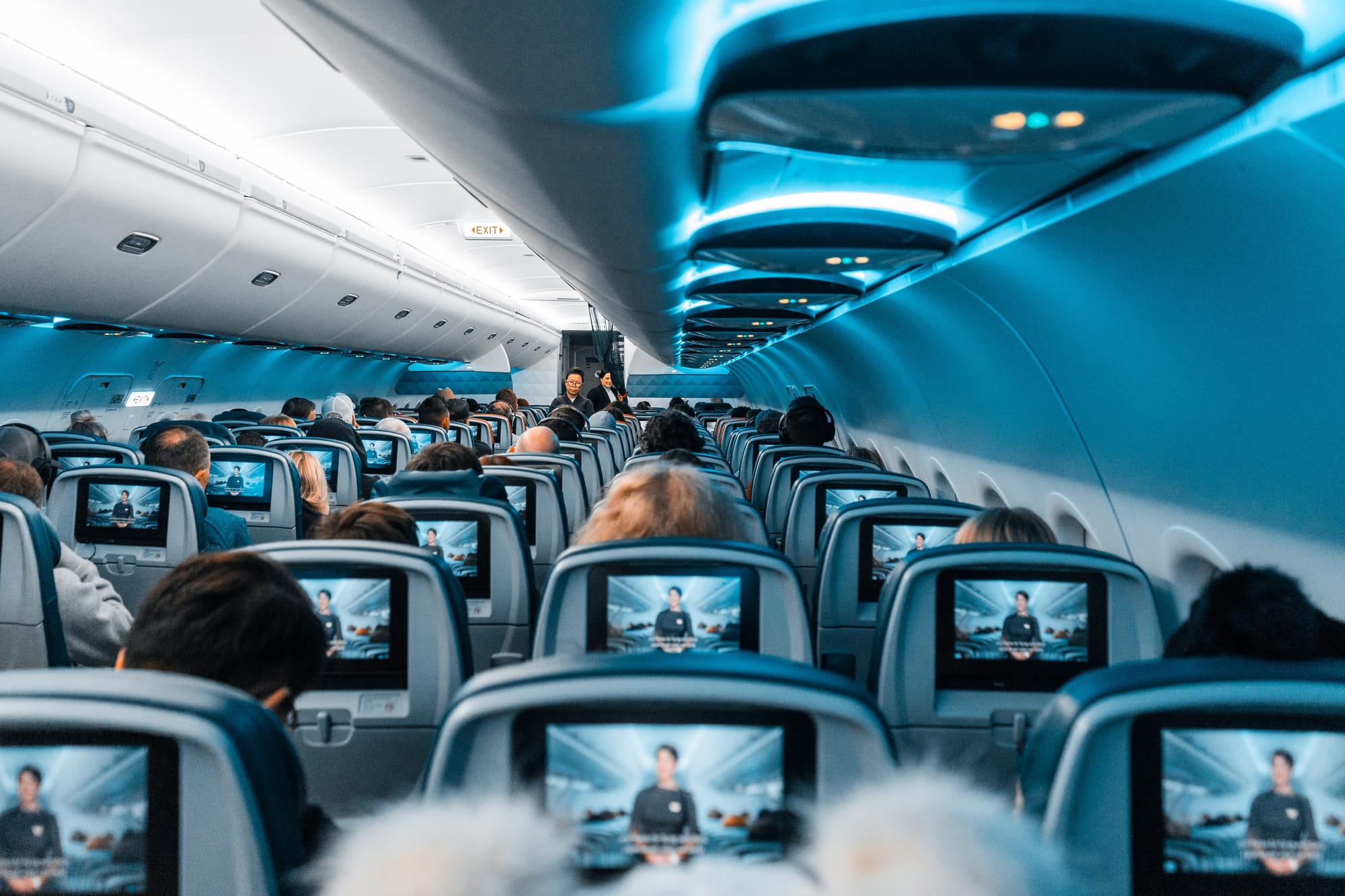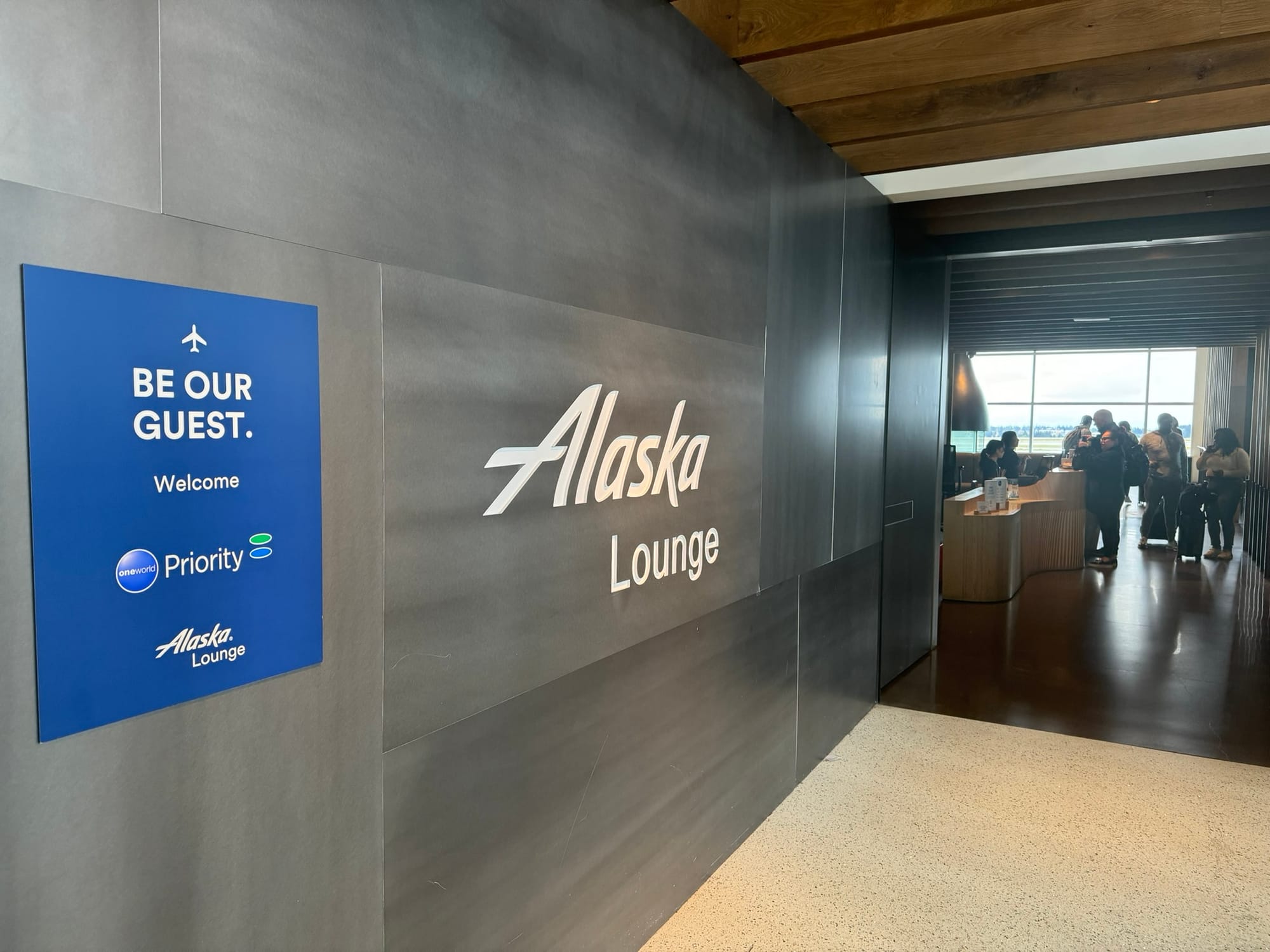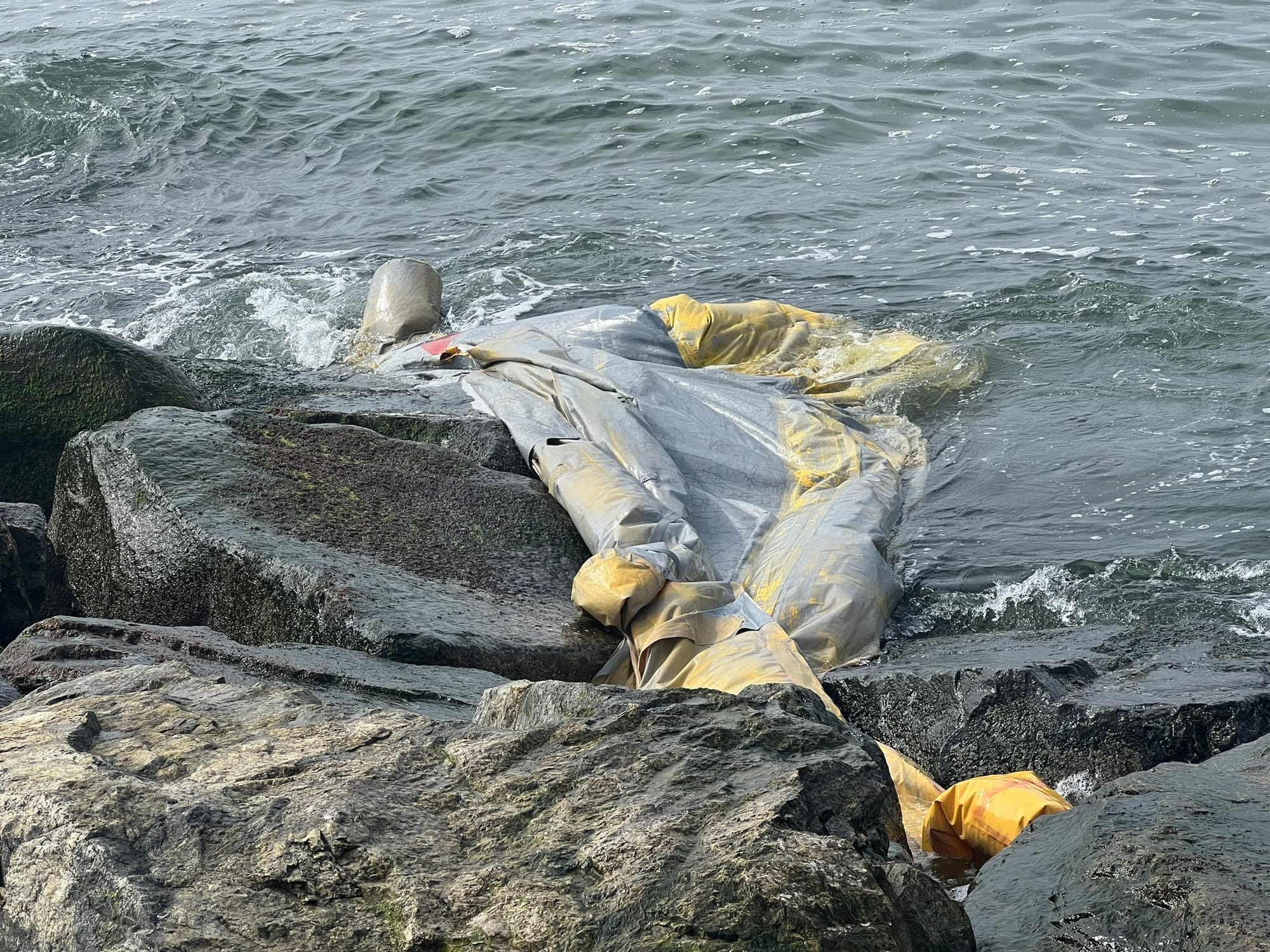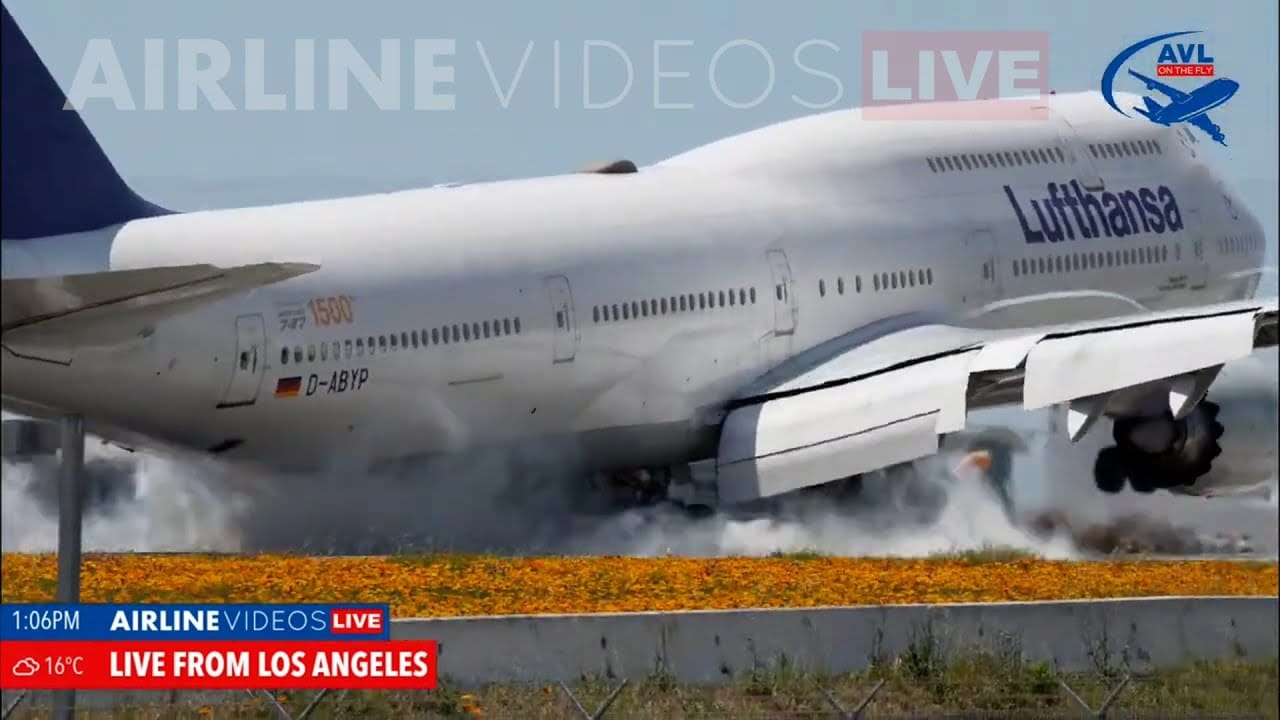For air travel, winter isn't a season of cozy nights; it's a demanding ballet of meticulous operations amidst challenging weather conditions. From icing to reduced visibility, snowstorms present a complex array of hazards that necessitate robust safety protocols and exceptional pilot skill.
The Icing Threat
Icing both in the air and on the ground is a significant threat during a winter weather event. Snow and ice can cover the ground, leading to reduced traction and make for incredibly slippery surfaces. Depending on how well-prepared for these events an airport is they can generally keep the runways and taxiways clear, however if the snow is falling hard enough then crews won't be able to clear it fast enough. This leads to incredibly slippery surfaces and can potentially make it unsafe to land an airplane.
In aviation, we use a code system to determine runway slipperiness from 0 (referred to as Nil) to 6. If a runway is Nil then it means that a runway is so slippery an airplane would not be able to break and would slide right off. On the opposite end a 6 is usually referred to as a dry runway meaning to threat for any contamination or unusual breaking. Most commercial airlines will only land down to a runway condition code of 3, which still means it will be pretty slippery while breaking, but there's just enough traction to grip and stop the airplane.
Airports use a "friction tester" which is a car or truck with an additional wheel. This wheel is hooked up to sensors and while driving down the runway it determines how much traction and slip there is, from there it is translated into the appropriate runway condition code for use by airlines.
Lost in the Blizzard
As the snow falls, visibility can take a dump. With lots of snow comes blizzard and whiteout conditions, making landing on runways and even taxing around airports impossible. During incredibly heavy downpours of snow, visibility can become so bad that airplanes will not be able to land and will have to hold or be turned away and diverted to airports with better weather.
While most modern aircraft can land in reduced visibility, additional factors like the overall hazard of landing in compete whiteout conditions and items not working right on an aircraft, will be too much to land. Safety is always important and if a pilot thinks it is unsafe to land they will not make an attempt.
Having to land in near impossible visibility on a runway that is slippery can lead to some disastrous results. There's a real possibility that an airplane can run off the runway if they break too hard or not enough, and with such poor visibility may not be able to taxi properly around the airport. Think of what it's like to drive on a highway in thick dense fog, it's not fun!
Bumpy Turbulence

Winter storms often unleash powerful winds, creating a chaotic mosh pit of turbulence. This airborne rollercoaster not only causes discomfort for passengers but also poses challenges for pilots, affecting aircraft control and making navigation a demanding feat. Additionally, temperature inversions – common winter guests – can create localized areas of intense turbulence, further amplifying the complexity of the flight.
If flights aren't careful they can run into severe turbulence which can cause aircraft damage and passenger injuries. Flying through these dense snow clouds can cause additional issues of icing, reducing the lift of aircraft, and clouding the pilot's vision with snow whipping past the windows.
Personally, I like to always stay strapped in tight whenever flying to a wintry destination with active snow.
The Domino Effect of Disruptions
These individual challenges often orchestrate a cascading symphony of disruptions. Delays caused by de-icing or low visibility can ripple through schedules, impacting other flights like a missed cue. Diversions due to poor conditions at destination airports add further strain on logistics and passenger plans, creating a chaotic chorus of frustration. The ripple effect can extend beyond the immediate storm, with airports struggling to catch up after the snow clears, leaving passengers feeling like extras in a never-ending intermission.
It's not usually the immediate snow effect that causes the most disruptions, but it's the days after that really can cause issues. These challenges can sometimes last up to a week due to crew shortages due to rest or even being out of place due to diversions and cancelled flights.
Most airlines that I know of try to pre-cancel flights to thin out the schedule when they know a large winter event is on the way. But it's a balancing act so they don't cancel too many flights that they wouldn't otherwise have to.
We can not predict without failure exactly what weather is going to do, this sometimes makes it impossible to know what to do until it's already happening. This can cause additional delays and cancellations on the day of. If you're ever affected, just remember it's not the fault of the airline, go complain to Mother Nature.
The Unsung Heroes of Winter Aviation
Despite the seemingly insurmountable challenges, the aviation industry plays a continuous encore of resilience and adaptation. Advanced weather forecasting acts as the understudy, prepared to step in with accurate predictions. Sophisticated de-icing techniques become the backstage crew, ensuring a safe takeoff. Pilot training, focused on winter operations, equips them with the skills to navigate the storm. Strict regulations act as the conductor, ensuring every element of the flight adheres to safety protocols.
This professional performance highlights the visible challenges, but the backstage holds a deeper story. From the meticulous maintenance of de-icing equipment to the psychological training of pilots for winter operations, every detail is meticulously addressed. Additionally, the impact of winter weather extends beyond individual flights, affecting global logistics and economic chains. Understanding these complexities paints a richer picture of the resilience and innovation that keep the skies open, even when winter conducts its most chilling symphony.
Final Thoughts
So the next time you're stuck in a winter weather event, or had a flight cancelled because of it, just remember that there was planning involved to try to save and operate your flight, but even the best laid plans can be uprooted by Mother Nature. Winter weather can be terrible and interrupt your travel plans, just know that airlines are working behind the scenes as best as they can to get you to your destination.

